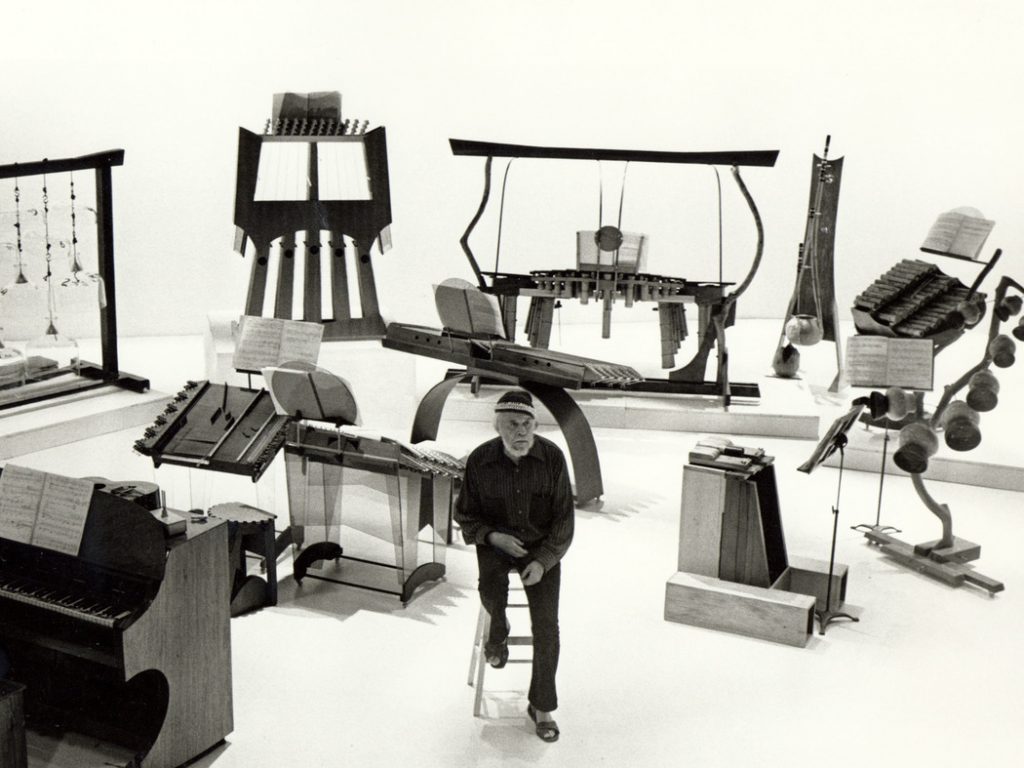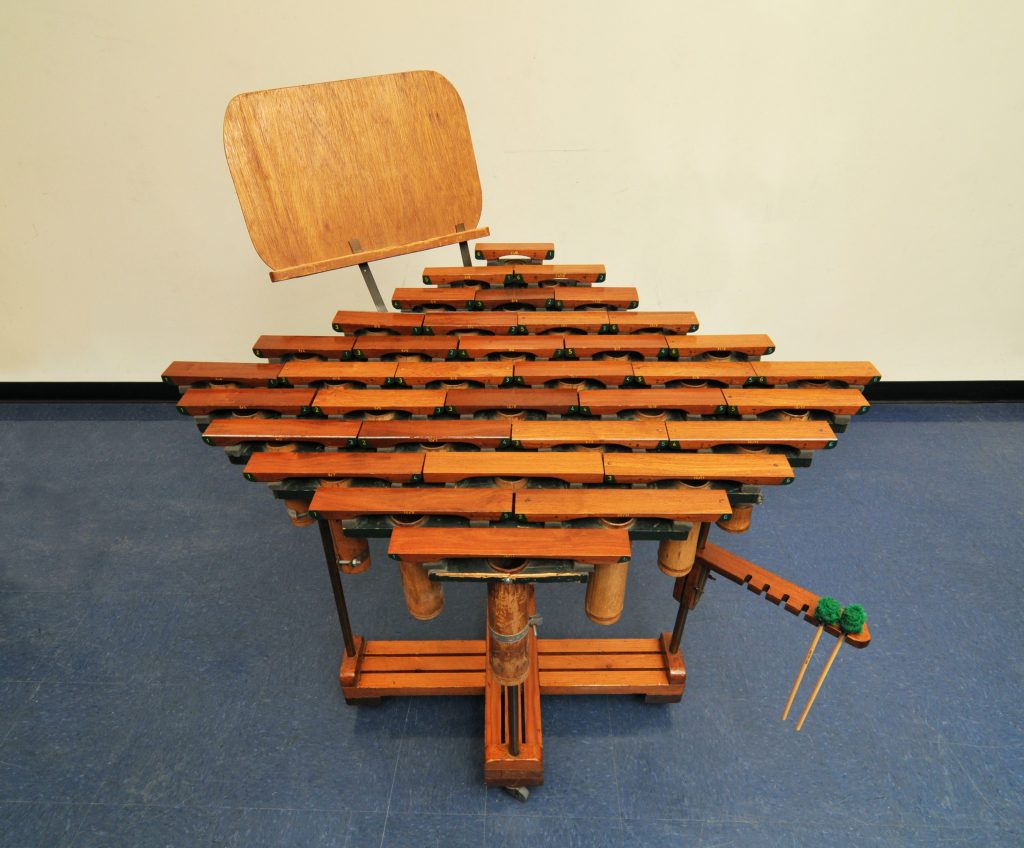Uncertainty Theory #7
Harry Partch, Diamond Marimba and The Residents
INTRODUCTION
Harry Partch. Diamond Marimba (from the album The World of Harry Partch (1969))
WORKS
Harry Partch - Elven Intrusions (1946-1950) track:
11.- Cloud Chamber music.
Harry Partch - Plectra and Percussion Dances (1952).
01. Beaver.
02. Pollux
Harry Partch - Ulysses at the Edge (1955).
The Residents - Mole Show (1983) tracks:
01. The New Machine.
02. The Ultimate desaster.
03. The Voices in the air.
04. Another land.
04. God of Darkness.
Diamond Marimba or diamond marimbais a marimba tuned in the so-called "diamond key". The way the pieces of the marimba are placed are the same as the scheme I designed with the Diamond tuning.
DIAMOND COLOR
In music theory and tuning, a diamond key is a two-dimensional diagram of proportions in which one dimension is the Otonality and the Utonality, generating a diamond-like rhombus shape, the diagram will be made following the odd numbers in the denominator, there will be limits 5, 7, 11 and 15 as the most usual, we will call this limit, limit n. This diamond can be considered as a set of pitch classes, where a pitch class is a pitch equivalence class in octave equivalence. Diamond tonality is often considered to comprise the set of consonances of boundary n. Although it was originally invented by Max Friedrich Meyerthe diamond shade is now more associated with Harry Partch ("Many music theorists consider Partch's diamond tonality to have been a major contribution to microtonal theory." ).
About the work Elven IntrusionsIt is composed of 11 parts ranging in length from less than a minute to four minutes. Some were composed to highlight the concept of tone in certain instruments that he adapted, such as the diamond marimba. The piece that appears in the program, the last one to be composed, track number 11, Cloud Chamber Musicwas composed for voice and original instruments such as, his adapted viola, his adapted guitar III, his kithara, his diamond marimba, his "cloud chamber bowls"and his bass marimba, among others. He used the composition of "Song of the Boys." of a New Mexico tribe called Isleta de referencia.
SOME IDEAS FROM HARRY PARTCH
"Music is not just a scale, it's not just chords and eight-bar phrases, it's not a certain meter, it doesn't even have to be a melody, we have to learn to listen and that's why we shouldn't close ourselves off, nothing prevents us from continuing with tradition while looking for new paths."
"I have seen through most of my life how the solitary and contemplative investigation of music and materials is discouraged by the dogma that the West is the center of all knowledge and experience. The doors that are closed because of education are the saddest doors mankind has ever passed through."
Partch described his music as corporeal, seeking that the execution of the instruments involve the whole body in the creation of art. At the same time he opposed it to what he called abstract music, music in which the instrumental predominates, and which is subject to only a system of tonalities. Strongly influenced by the music and drama of Ancient Greece, and two styles of Japanese drama, Partch composed long, large-scale pieces, which were intended to be performed theatrically, with actors dancing, singing, speaking and playing instruments on stage.
BAND INFLUENCED BY HARRY PARTCH
The Residents are a collective of Louisiana musicians who have decided to maintain their anonymity by not disclosing their names and wearing masks for their live performances, which usually consist of staged "theatrical" Their style of music is based on the deconstruction of certain popular music and conceptual music that usually revolves around the idea of some theory or plot. Pioneers in the use of CD-ROM, they released their first album in 1974. They are still active today.
There is a mythologizing legend that the theory of Darkness and the theory of the phonetic organization of the seemingly nonexistent N. Senada was originally written by Harry Partchtwo basic theories for The Residentsfrom Uncertainty Theory We take it rather as an anecdote to connect the dots in terms of the relationship between Partch and the band.
LINKS
The Letter from Harry Partch (where the Diamond Marimba appears)
BIBLIOGRAPHY .
Genesis of a music de Harry Partch.
Sound images: a plurisensorial reading in 20th century art. Written by Javier Ariza.

